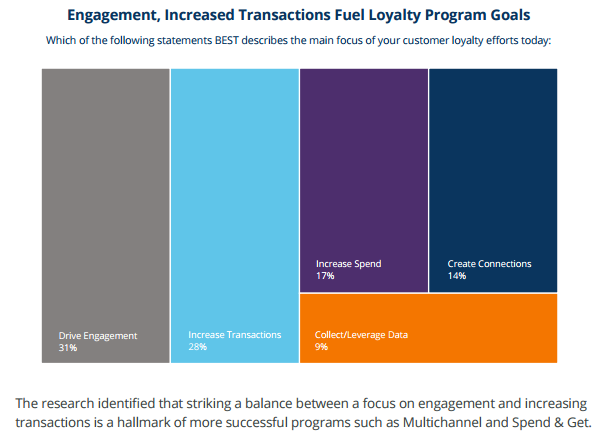The Barriers to Successful Loyalty Programs

Technical and financial issues are the main barriers for successful loyalty programs according to a new study from CrowdTwist and Brand Innovators.
The 'Loyalty Evolution: Growing Investment and the Multichannel Promise' study, which surveyed 234 digital marketers at Fortune 500 brands, shows the customer loyalty industry is growing, with 57 percent of brands saying they will increase loyalty program budgets in 2017. That said, many marketers feel they lack the resources needed to develop and deploy sophisticated, multichannel programs.
According to the study, 63 percent of respondents cited the inability to perform data integration from disparate sources as the primary inhibitor of loyalty program adoption. Fifty-three percent, however, said technical hurdles are the biggest barrier to the success of current loyalty efforts. Moreover, 38 percent of brands do not deem their current loyalty efforts as either a success or failure, as they are still searching for the most effective loyalty marketing strategy.
Additional data reveals that 31 percent of respondents ranked "driving engagement" as the main focus of their loyalty program. What's more, 88 percent of respondents say that executing coordinated campaigns across channels is an important activity relevant to loyalty efforts. In fact, out of all strategies, multichannel integration of consumer data is increasingly a "must" because of the more fragmented customer journey.
It is also important to note that the study found the most successful loyalty programs have multiple layers of distribution and reward. For instance, 88 percent of respondents with multichannel loyalty programs rate themselves as a success, but only 17 percent had programs like this in place. In addition to reaching multiple channels, these successful programs also offer rewards beyond discounts, including brand experiences, free product and special access. This enables brands to form stronger relationships with consumers, as well as increase engagement and spend.









